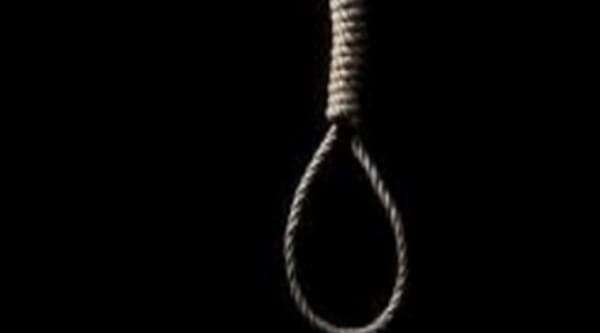 Our education system teaches us to work hard to make a living but it falls woefully short in providing a blueprint on how we should deal with our own suffering. When everything seems so pointless, those completely alienated will be tempted to uncover the universe’s few remaining metaphysical secrets by relying on the supernatural. (Representational Image)
Our education system teaches us to work hard to make a living but it falls woefully short in providing a blueprint on how we should deal with our own suffering. When everything seems so pointless, those completely alienated will be tempted to uncover the universe’s few remaining metaphysical secrets by relying on the supernatural. (Representational Image)
Even those of us who long ago abandoned news channels for Netflix have been hooked to the TV, trying to make sense of the bizarre details emerging about Delhi’s mass suicide. 11 members of a family are found dead, including two minors. 11 diaries written over 11 years are discovered, detailing, precisely, how and when it should be done—on a full moon night. The blind adherence of educated adults to someone who was talking, creepily enough, in the voice of their long deceased father, exposes human frailty to a shocking level. The entire country is frantically googling “shared psychosis” and speculating how a seemingly normal family — who were dancing at one of the victim’s engagement two weeks ago — could become unwitting participants in this gruesome tragedy.
The most chilling part of the Burari footage is the sight of one of the two young boys, 12, carrying stools to his house, a mere two hours before they were all found dead. The children were innocent victims of their father’s delusions. Whether his intention was not to die but to live, mindfully, after achieving salvation through this ritual, is to gloss over his meticulously sinister plan. The question is, was Lalit Bhatia damaged irreparably by loss, the overwrought workings of memory and time leading to this apocalyptic world view? It’s a fact that cult leaders derive immense power from their followers’ vulnerabilities and can easily manipulate them emotionally. There is a tendency to bemoan the breakdown of the great Indian joint family when the reality is they often function like mini dictatorships. Control rests with one person, the others have to fall in line. It is entirely possible that the Bhatias’ had to carry out Lalit’s morbid instructions despite deep misgivings, because questioning the patriarch’s decisions is simply not an option.
This is an exceptionally rare story because in India suicides are usually motivated by desperate situations of poverty and debt, the never-ending cycle of which can make living seem hopeless. Neither do we have the notorious doomsday cults of the West. For example, in the ‘90s in the US, 39 people under the spell of a charismatic leader died consuming barbiturates, convinced they were about to board an extraterrestrial spacecraft. The arrest of Asaram Bapu and his son has done enough for godmen in India to lose their sheen. Overall, the world has become more skeptical. However, it must be acknowledged that life is relentlessly hard and frustrating loneliness is the bane of our times. At its worst, the isolated get indoctrinated by terrorist organisations, lured by the thought of being part of something bigger. At other times, the search for answers, like in the case of the Bhatia’s, is burdened with dangerous superstition.
The other idea doing the rounds on the Burari deaths is if Lalit was a diabolical depressive, who forced his family to participate in an occult ritual, because he didn’t want to live. Something like the pilot of MH370 , which vanished in the Indian Ocean. Investigators, long puzzled by the flight’s unscheduled turn over Penang, now believe he wanted one last look at his hometown before deliberately crashing the plane, because his wife was leaving him. Our education system teaches us to work hard to make a living but it falls woefully short in providing a blueprint on how we should deal with our own suffering. When everything seems so pointless, those completely alienated will be tempted to uncover the universe’s few remaining metaphysical secrets by relying on the supernatural.